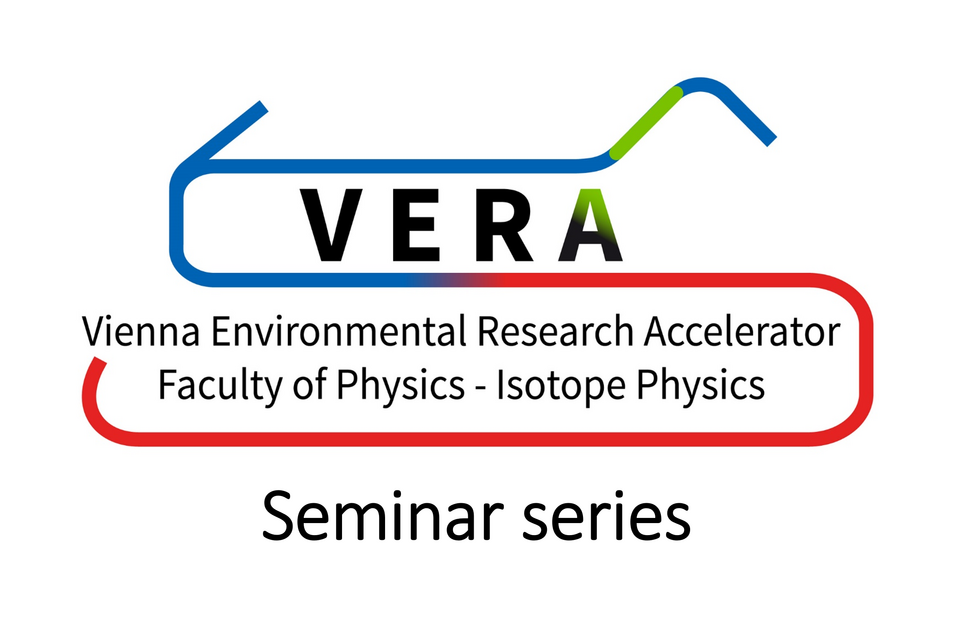Small, highly radioactive fragments, so-called “hot particles”, can be found in the environment as a result of nuclear accidents and weapons tests. Identifying the origin of this material poses a significant challenge for nuclear forensics. The combination of the spatial resolution on a nm-scale of traditional time of flight mass spectrometry with the elemental selectivity of laser ionization makes resonant laser-ionization mass
spectrometry an ideal method to investigate such hot particles. As a quasi-nondestructive technique, it can be combined with other analytical methods. The isotope ratio for different actinides can be used to link a hot particle to a specific nuclear event.
This presentation explores the investigation of nuclear fuel fragments discovered in the Chornobyl exclusion zone, highlighting the potential advantages of resonant laserionization mass spectrometry for nuclear forensics.
Paul Hanemann (Hannover): Resonant laser-ionization mass spectrometry for nuclear forensics on hot particles
21.11.2024 16:30
Location:
Victor-Franz-Hess-Hörsaal, Währinger Str. 17, 1. Stock Kavalierstrakt
Related Files
- HANEMANN_21-11-2024.pdf 619 KB

